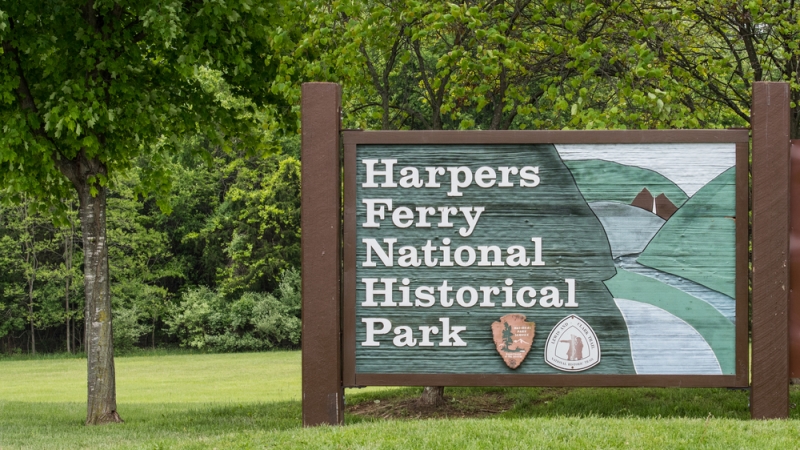
The National Parks Chesapeake Explorer mobile app was the fourth app to be approved by the National Park Service in 2012, before it was taken off the market recently without notifying its creators why it was disapproved.
“Initially they gave us the approval for this and they took it away,” said Matt Jagunic, geographic information systems specialist at NPS.
The National Park Service Media Center at Harpers Ferry, W.Va., requires specific requirements for National Park Service apps including accessibility and branding.
“There are things with government IT that are critical process,” said Mike Land, digital media specialist for the National Park Service Chesapeake Bay, who is temporarily working for the United States Digital Service. “I think they probably tightened things up.”
The Harpers Ferry Center did not respond immediately for comment.
The app was created to help people understand the areas within the Chesapeake Bay watershed, which extends from New York to Virginia and as far west as West Virginia. The app highlights activities in the area such as hiking and paddling.
However, neither Jagunic nor Land know when the app will return to the market.
“It is not to my knowledge back yet,” Land said. “It got pulled before I went off my detail.”
Land said he speculates that the app was pulled because it didn’t have a privacy policy. Because of the app’s use of location data to provide information about locations in and around the park that the user is visiting, privacy advocates could become concerned with government surveillance implications. However, Land, the app’s main creator, said that it doesn’t have malicious intentions for data collection.
“We don’t collect a single piece of data,” Land said. “We’re in no way getting that data or analyzing it.”
Another National Parks app, the National Mall and Memorial Parks app that guides visitors around the monuments in Washington, D.C., requests location data for mapping even when the app isn’t in use and requests access to the camera app. Although these opt-in features incite consequential privacy concerns, a privacy policy isn’t readily evident on the app itself or in the description in the Apple App Store.
Land said that individual park locations probably have their own individual concerns about the use of smartphones in their parks when the visitors should be immersed in nature. However, Land said that it’s important to provide visitors with information about what’s around them, including nearby museums, historical sites, and trails. The National Parks apps could help visitors connect with that relevant information.
“If you’re at a location, you want to understand what’s nearby the location,” Land said.
